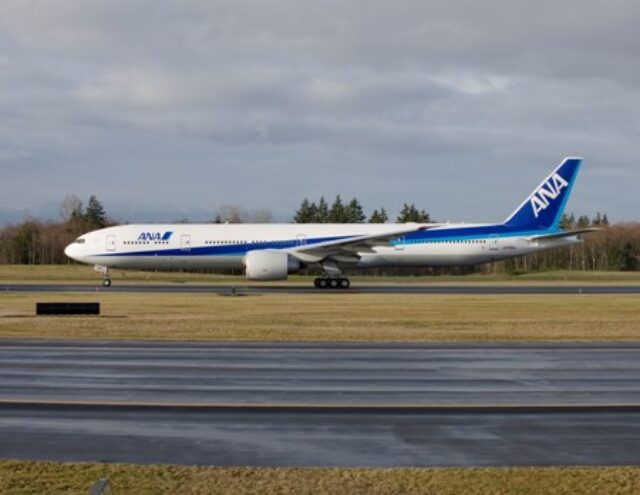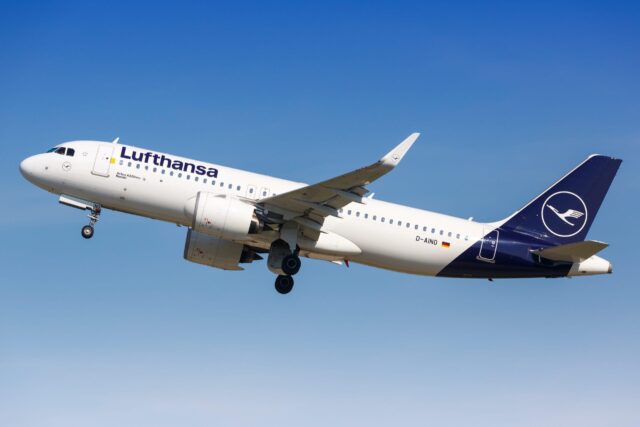China’s giant AG600 amphibious aircraft gains CAAC production certificate, clearing path for mass production

China’s effort to build a domestically produced large amphibious aircraft has taken a step forward after the Civil Aviation Administration of China (CAAC) granted a production certificate to the AG600.
The AG600 took its maiden flight in 2017, and has been undergoing test flights ever since. In February 2025, it completed all its precertification test flights, and received its type certificate from the CAAC in April.
The first batch produced AG600 ‘Kunlong’ completed its production test flight on 18 May, according to Global Times, one of the major milestones before achieving its production certificate, which it has done today.
A production certificate (PC) issued by CAAC signifies that a manufacturer’s production quality system meets the requirements of airworthiness regulations, allowing for mass production of an approved aircraft type.
Meet the amphibious AG600 Kunlong
Designed and manufactured by the Aviation Industry Corporation of China (AVIC), the AG600 is the country’s first large civil special-mission aircraft to be developed under civil aviation certification rules.
Intended primarily for firefighting and emergency response, the aircraft will play an important role as part of China’s national disaster relief and emergency management strategy.

With a maximum takeoff weight of 60 tonnes, the AG600 is the world’s heaviest civil amphibious aircraft.
It can carry up to 12 tonnes of water and has a range of 4,500 kilometres. Its dimensions put it slightly beyond those of a typical single-aisle passenger aircraft, measuring nearly 39 metres in length with a wingspan of 38.8 metres.
“Its obtaining of the type certificate issued by the CAAC manifests that China can independently develop the world’s latest generation of large civil amphibious aircraft,” said Huang Lingcai, chief designer of the AG600 programme, in comments to Xinhua, China’s official state news agency.
The aircraft features a hull-shaped fuselage and floats mounted under each wing to stabilise it on water, allowing it to land on and take off from lakes, rivers and coastal waters. It can cruise as low as 100 ft above ground level at speeds of just over 200 km/h to support precision firefighting drops.

The AG600 is ‘a ship that can fly’
Huang described the project as one of the most technically demanding in China’s civil aviation history.
“Its successful development marked a great collaboration and breakthrough, attributed to the country’s new system concentrating nationwide effort and resources on key national sci-tech undertakings,” he said.
“AG600 is a plane that can swim and a ship that can fly.”
The scale of the programme has been significant. In total, 22 provinces and cities, 292 companies and public-sector institutions, and 16 universities contributed to the AG600’s development. All of the aircraft’s structures, systems and engines have been developed and manufactured domestically.

Since the project was launched in 2009, the AG600 has progressed through a number of major flight milestones: its maiden flight in 2017, a first water take-off in 2018, and initial sea trials in 2020. By 2023, it had completed key firefighting demonstrations.
According to AVIC, the AG600 has driven the development of new standards and verification methods in China’s airworthiness certification framework, particularly in amphibious aviation.
AVIC says it is targeting production certification by the end of August and aims to deliver the first aircraft by October. Plans are in motion to further develop the AG600 into a family of aircraft with extended capabilities.
















